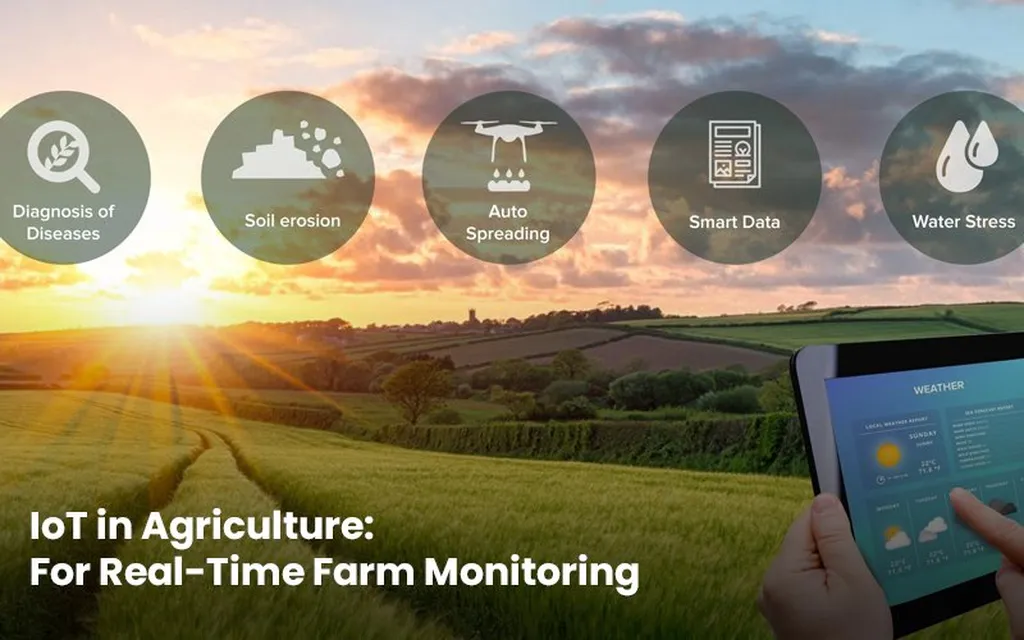In the ever-evolving landscape of agricultural technology, a groundbreaking study published in *Smart Agricultural Technology* is set to revolutionize how growers monitor substrate fertility. Led by Michelle Ezequelle from the Agricultural and Biological Engineering Department at the University of Florida, the research introduces a wireless IoT sensor system that could make the traditional pour-through method for measuring substrate electrical conductivity (EC) a thing of the past.
Substrate EC is a critical metric in nursery production, providing insights into the nutrient content of growing media and guiding fertilization management for container-grown plants. However, the pour-through method, while effective, is notoriously time-consuming and labor-intensive. This inefficiency often hinders routine monitoring, leaving growers with suboptimal data and potentially impacting crop health and yield.
Enter Ezequelle’s innovative IoT system. By leveraging recent advances in sensor technologies and the increasing adoption of IoT tools in agriculture, the system offers automated, real-time monitoring of substrate EC. The study deployed this low-cost IoT system under typical nursery production conditions to monitor substrate EC in container-grown Lantana crops over a 10-week period. Manual EC measurements were also collected using the pour-through method to evaluate the relationship between sensor-based and conventional EC measurements under two irrigation methods (sprinkler and drip) and two fertilizer rates.
The results were promising. Sensor EC values were correlated with pour-through measurements under sprinkler irrigation, demonstrating the system’s potential to streamline the EC measurement process. “The correlation under sprinkler irrigation suggests that our IoT system can provide reliable data, reducing the need for manual measurements,” Ezequelle noted. However, the study also highlighted some challenges. No correlation was established under drip irrigation, likely due to uneven substrate saturation. This finding underscores the need for further refinement and adaptation of the system to different irrigation methods.
The study also delved into the practical implications of the IoT system. By analyzing the variation in EC data, the researchers estimated the minimum number of sensors needed to achieve the same precision as the pour-through method. Results indicated that four sensors per 1000 pots are needed when using direct bulk EC measurements, and two sensors when using the Hilhorst method to approximate pore water EC. “Additional sensors may be required to maintain this precision at higher EC levels,” Ezequelle added, pointing to the scalability and adaptability of the system.
The commercial impacts of this research are substantial. For the agriculture sector, the adoption of such IoT systems could lead to significant time and cost savings, enhancing overall efficiency and productivity. Automated, real-time monitoring allows for more precise and timely adjustments to fertilization and irrigation practices, ultimately improving crop health and yield. Moreover, the data collected can be used for better recordkeeping and decision-making, paving the way for more sustainable and profitable nursery production.
As the agricultural industry continues to embrace technological advancements, Ezequelle’s research offers a glimpse into the future of substrate fertility monitoring. The study not only validates the potential of IoT systems in agriculture but also highlights the need for continued innovation and adaptation. With further development, these systems could become a standard tool in the grower’s arsenal, transforming the way we approach nursery production and beyond.

